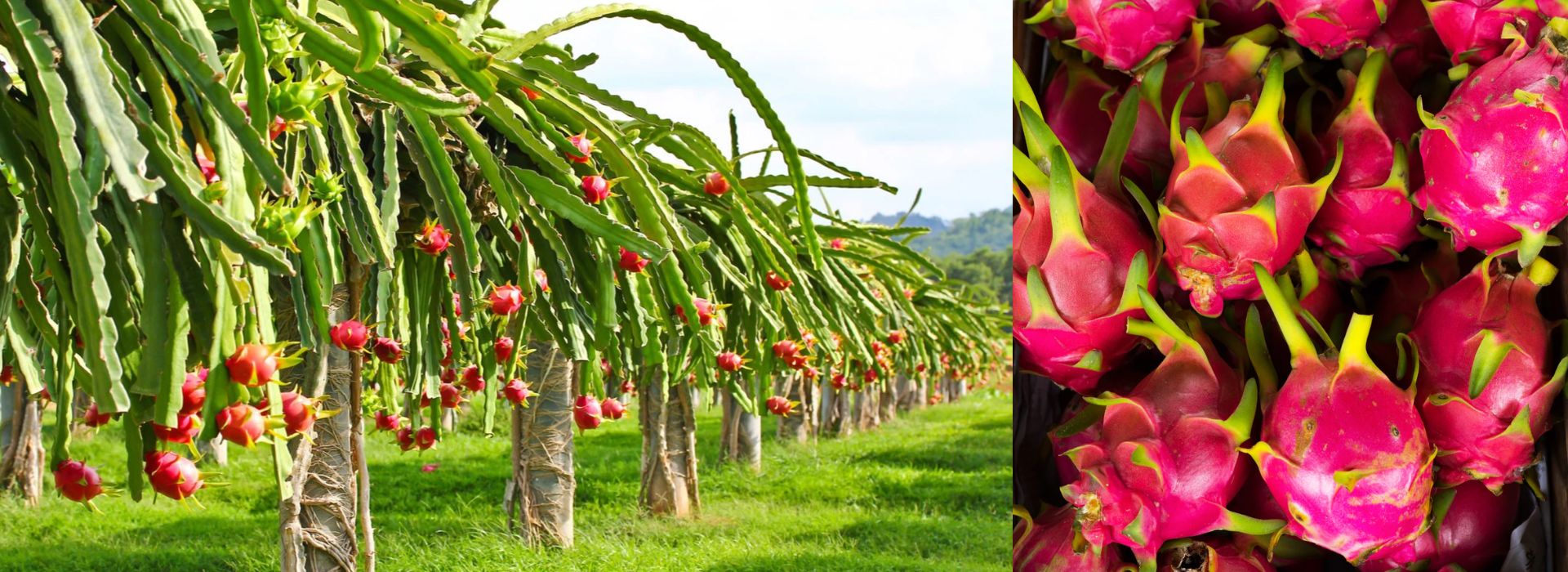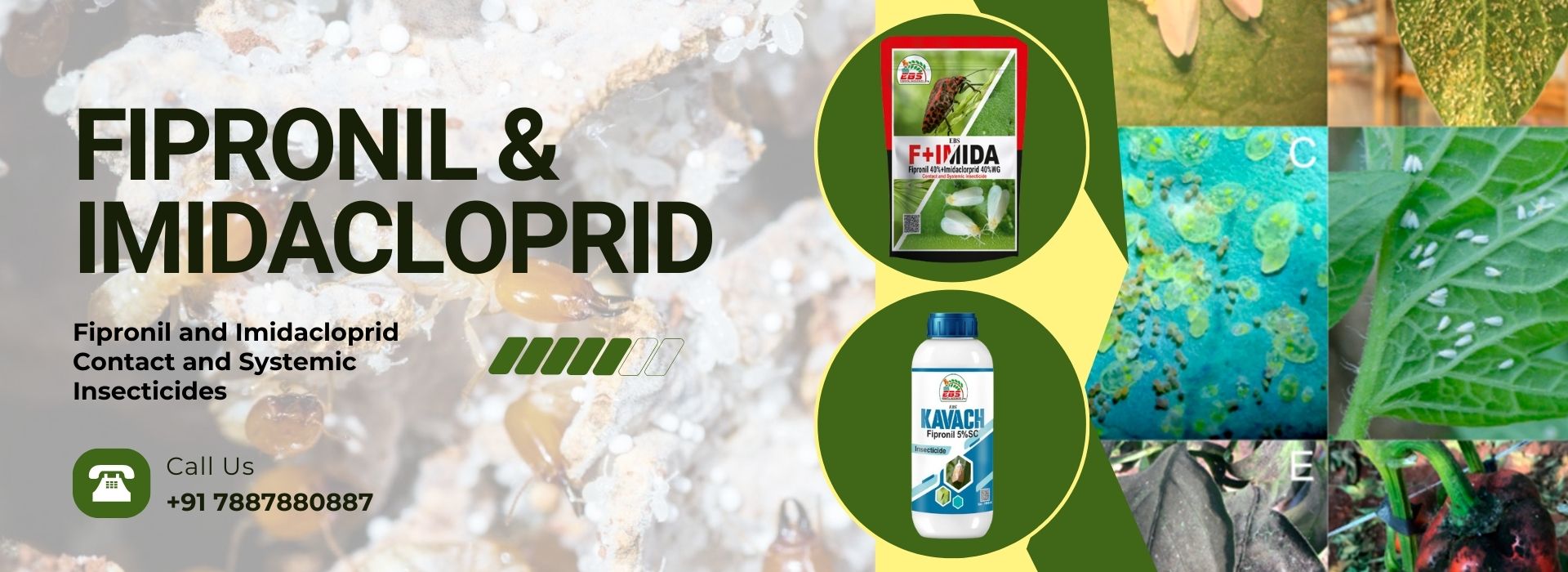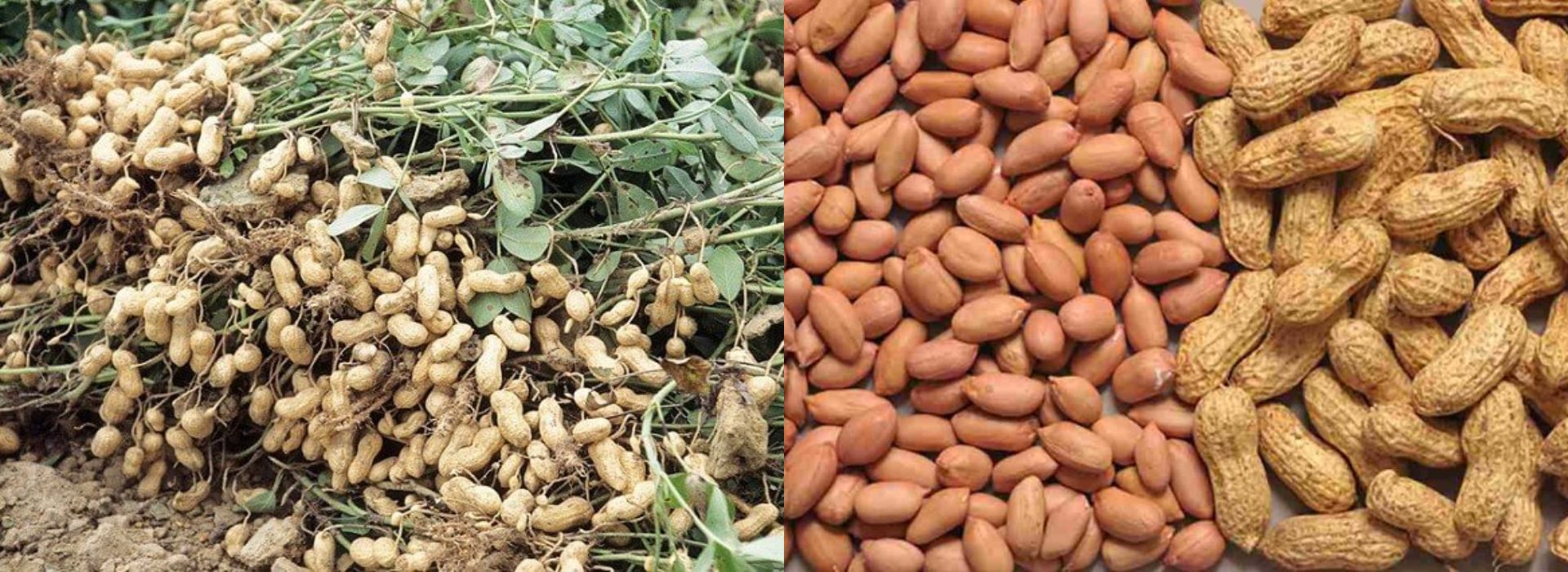Dragon Fruit Cultivation in India: Farming Tips and Profit Potential Per Acre
September 30, 2024Dragon Fruit Cultivation in India: Farming Tips and Profit
Potential Per Acre
Introduction
Dragon fruit, also known as "pitaya," has become
one of the most promising exotic fruit crops in India. With its vibrant color,
unique taste, and numerous health benefits, the demand for dragon fruit is
rapidly growing, making it a lucrative option for Indian farmers. The fruit’s
adaptability to diverse climatic conditions and its low maintenance
requirements make it an attractive choice for both small and large-scale
farmers.
In this blog, we'll explore the essential steps to successful
dragon fruit farming in India, the costs involved, and how much profit you can
expect per acre.
Why Dragon Fruit?
Dragon fruit, originally native to Central America, has
quickly adapted to Indian climates and is now grown across various states,
including Maharashtra, Gujarat, Andhra Pradesh, and Karnataka. The fruit is
packed with nutrients such as vitamin C, fiber, antioxidants, and is known for
its health benefits, including boosting immunity and aiding digestion. As
people grow more health-conscious, the demand for dragon fruit is increasing,
making it a profitable crop to cultivate.
Climate and Soil Conditions for Dragon Fruit Farming
Dragon fruit thrives in tropical and subtropical climates. It
is a cactus-like plant that prefers warm temperatures (20°C to 30°C) and can
tolerate drought to some extent. However, extreme cold or heavy rainfall can
harm the plants.
Key Environmental Requirements:
- Temperature: 20°C to 30°C
- Rainfall: 500-1500 mm annually
(well-drained soil is crucial to prevent waterlogging)
- Sunlight: Full sunlight for at least 6-8
hours daily
- Soil: Sandy loam or clay loam with
good drainage. The pH range should be 5.5 to 7.5.
Land Preparation and Plantation
1. Land Selection:
Choose a location that has adequate sunlight exposure and is
free from waterlogging. Dragon fruit is grown on raised beds, so sloped or
elevated land is ideal for ensuring proper drainage.
2. Soil Preparation:
Plow the soil thoroughly, ensuring it is well-drained and
aerated. Add organic matter or compost to improve the soil structure and
fertility. Dragon fruit requires minimal chemical fertilizers, but organic
manure enhances plant growth.
3. Planting Material:
Dragon fruit is generally propagated through stem cuttings.
You can obtain healthy cuttings from a reliable nursery. These cuttings should
be 12-18 inches long, and each acre typically requires around 1,700 to 2,000
plants.
4. Spacing and Layout:
The recommended spacing is 1.5 to 2 meters between plants and
2 to 2.5 meters between rows. Sturdy supports or trellises are necessary as the
plant is a climber and needs vertical support to grow effectively.
Irrigation and Fertilization
Dragon fruit is a drought-tolerant plant but requires
consistent watering, especially during the growing and fruiting stages. Drip
irrigation is the most efficient method, ensuring each plant gets sufficient
water without waterlogging the soil.
Fertilization:
- Use
organic manure (cow dung, compost) during the planting phase.
- Supplement
with balanced fertilizers rich in nitrogen, phosphorus, and potassium
(NPK).
- Applying
vermicompost once every few months also enhances growth.
Pest and Disease Management
Dragon fruit is generally pest-resistant, but it can be
susceptible to root rot, stem rot, and fruit rot, especially in poorly drained
soils. Some common pests include aphids, ants, and mealybugs.
Preventive Measures:
- Use
organic pest control methods like neem oil or insecticidal soap.
- Ensure
good air circulation around the plants.
- Avoid
over-watering to prevent fungal infections.
Harvesting and Yield
Dragon fruit starts bearing fruit within 1-2 years after
planting. The peak fruiting season is between June and November. A healthy
dragon fruit plant can yield up to 20-30 kg of fruit per year once fully
matured, which usually takes 3-4 years.
Each plant can produce 3-4 harvests in a season, and the
fruits are harvested when the skin turns red or pink. Handle the fruits
carefully to avoid any damage.
Profit Potential Per Acre
The profit potential from dragon fruit farming is impressive,
primarily due to its low maintenance costs and high market demand.
1. Initial Investment Costs (Per Acre):
- Land
preparation, trellises, and planting material: ₹1,00,000 - ₹1,50,000
- Irrigation
setup (drip system): ₹50,000 - ₹75,000
- Labor
costs (planting, weeding, etc.): ₹20,000 - ₹40,000
- Fertilizers
and pest control: ₹10,000 - ₹20,000
Total Initial Investment: ₹1,80,000 - ₹2,85,000
2. Annual Maintenance Costs:
- Irrigation
and fertilizers:
₹30,000 - ₹40,000
- Labor
and maintenance:
₹20,000 - ₹30,000
3. Yield and Revenue:
- Yield
(in full production): 10-12 tons per acre
- Price
per kg: ₹100 to
₹300 (depending on the market)
Revenue Per Acre: ₹10,00,000 to ₹30,00,000 (at full maturity and market price
of ₹100-300 per kg).
4. Net Profit:
- Year
1-2: Low yield;
expect minimal profit.
- Year
3 onwards:
₹5,00,000 to ₹25,00,000 per acre annually, depending on yield and market
price.
Conclusion
Dragon fruit farming in India offers great profit potential
per acre, especially as the demand for this exotic fruit continues to rise.
With proper planning, the right growing conditions, and diligent care, you can
achieve high yields and significant financial returns. The relatively low
maintenance costs, combined with the health-conscious market’s growing appetite
for dragon fruit, make it an excellent choice for Indian farmers looking to
diversify and increase profitability.
By following the guidelines and tips mentioned above, you can
start your journey toward becoming a successful dragon fruit farmer!
At krishibazaar.in, you can find and buy various agricultural products. For agricultural guidance on selecting the most suitable products for your crops, please contact or WhatsApp at +917887880887






Guest reviews
No reviews found for this Blog